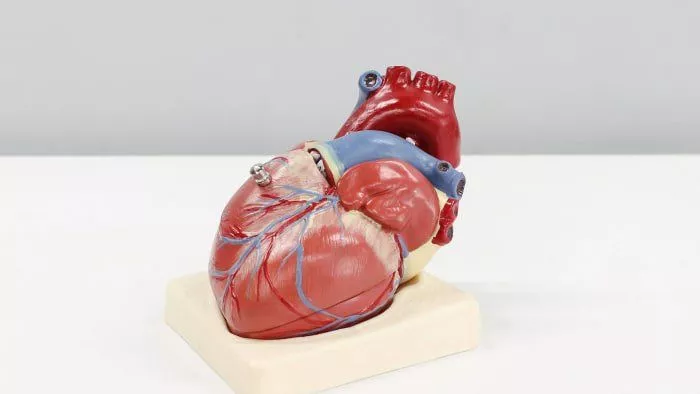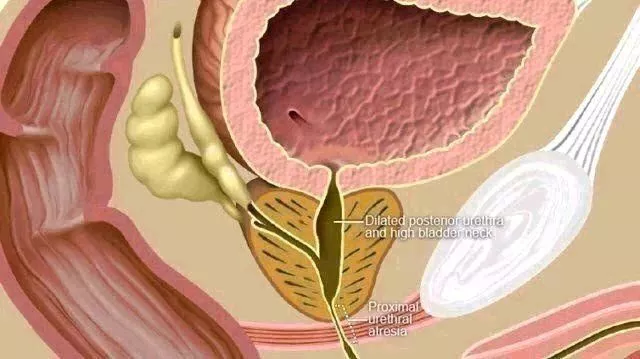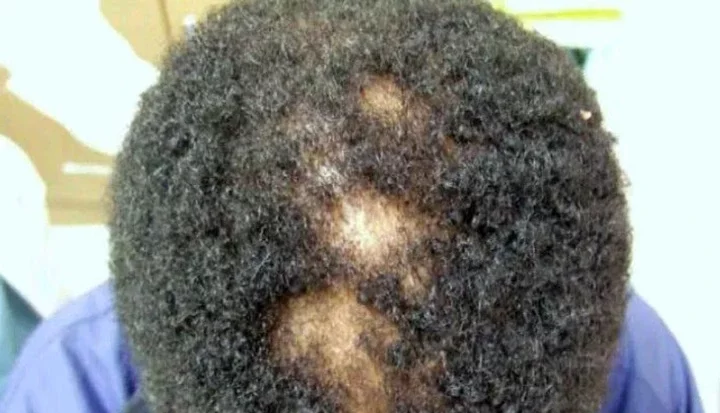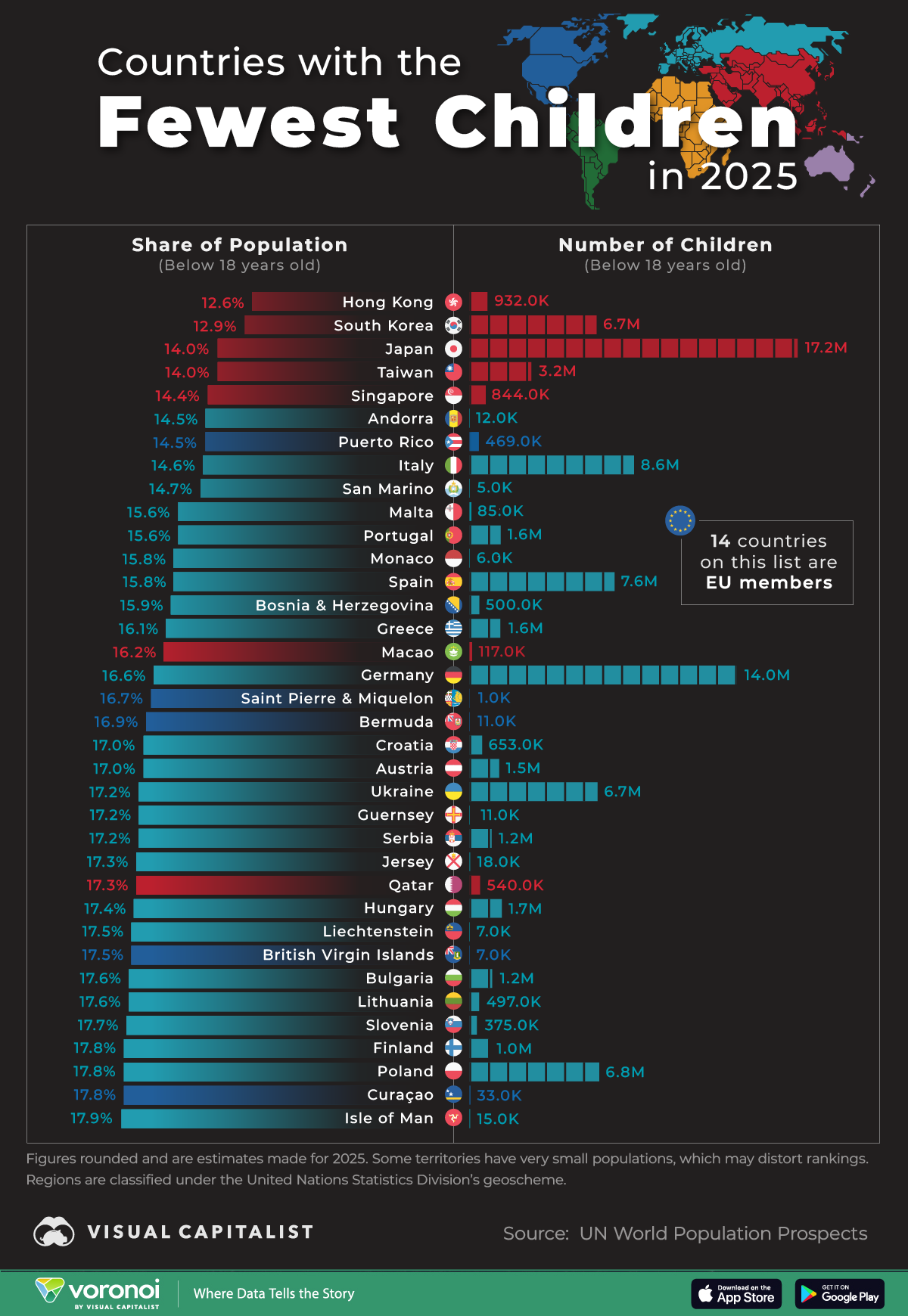
Learning hands-only CPR can truly make the difference between life and death. Did you know that immediate CPR during a cardiac arrest episode can double -- or even triple -- your chances of survival? In the United States alone, 350,000 people die from cardiac arrest every year. Here, we provide valuable resources on what hands-only CPR entails, why it's crucial, instructional videos on performing CPR, and how you can receive proper training, all sourced from the American Heart Association.
The Gender Divide: Bystander CPR Discrepancy
Recent studies show that men are more likely to receive bystander CPR in public locations compared to women. While both genders receive similar CPR assistance at home, men have a 23 percent higher chance of survival due to receiving assistance 45 percent more often in public settings. The difference may stem from discomfort in performing CPR on a woman and anatomical variations. Explore the videos provided below to see the differences in hands-only CPR application for men and women.
CPR for Children and Infants: A Vital Skill
Discover where you can find CPR courses near you to master this life-saving technique. The American Heart Association is the authority in resuscitation science, education, and training, offering official Guidelines for CPR and ECC. Their profits are reinvested into furthering their mission of saving lives.
Understanding Cardiac Arrest vs. Heart Attack
Cardiac arrest and heart attack are often confused but differ in crucial ways. Cardiac arrest is an electrical malfunction of the heart, causing it to stop beating abruptly, while a heart attack is the blockage of blood flow to the heart. Immediate CPR is crucial in cases of cardiac arrest, as it buys time until medical professionals arrive. In contrast, a heart attack requires swift treatment to restore blood flow to prevent heart muscle damage.
Significance of the Chain of Survival
CPR plays a vital role in the Chain of Survival formulated by the American Heart Association. Recognizing cardiac arrest, early CPR with chest compressions, advanced resuscitation by medical professionals, and post-recovery care are crucial links in this chain. A strong Chain of Survival greatly enhances the chances of survival and full recovery for those experiencing cardiac arrest. Mastering CPR could mean the difference between life and death, making it a skill worth acquiring.

















Comments